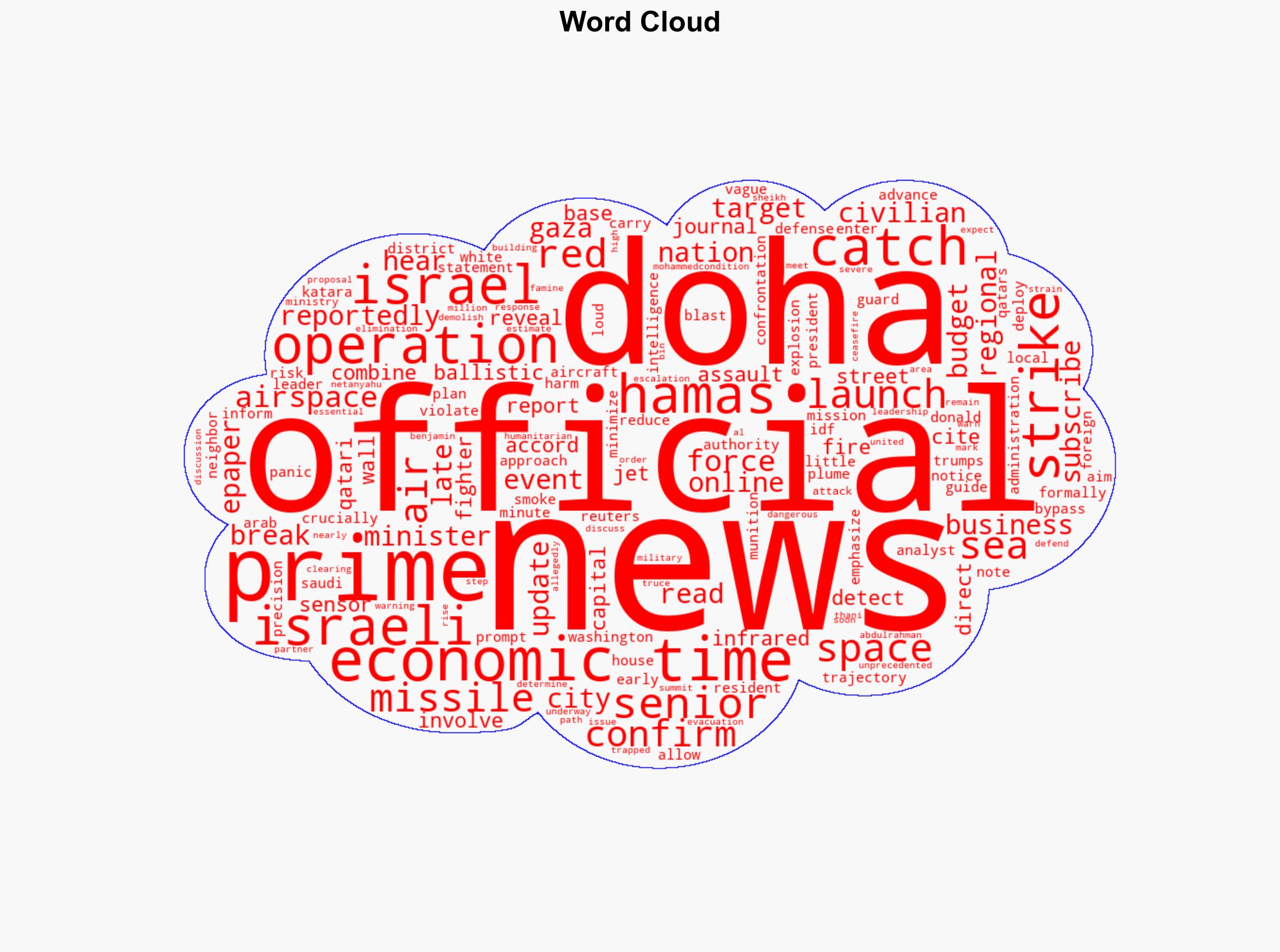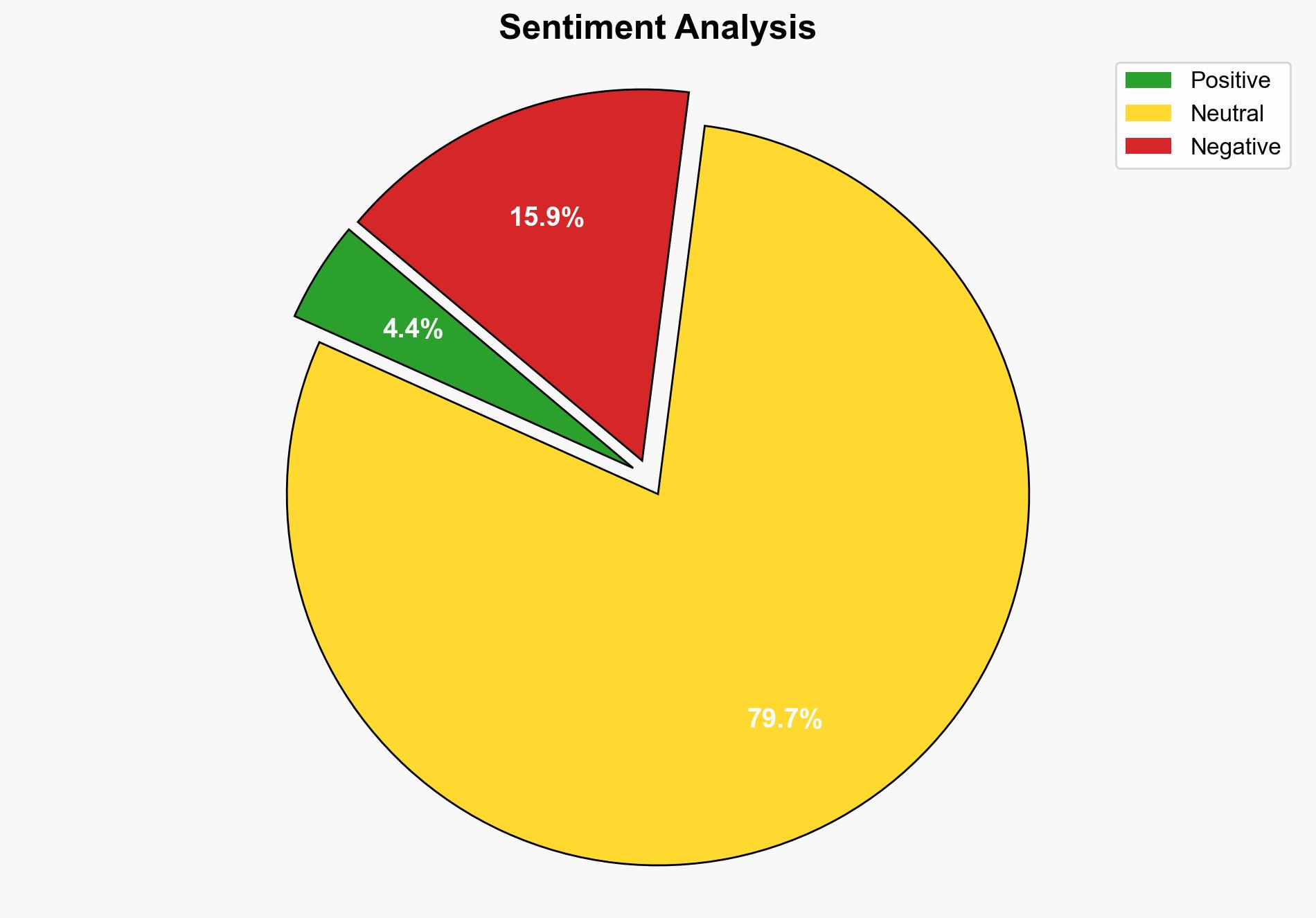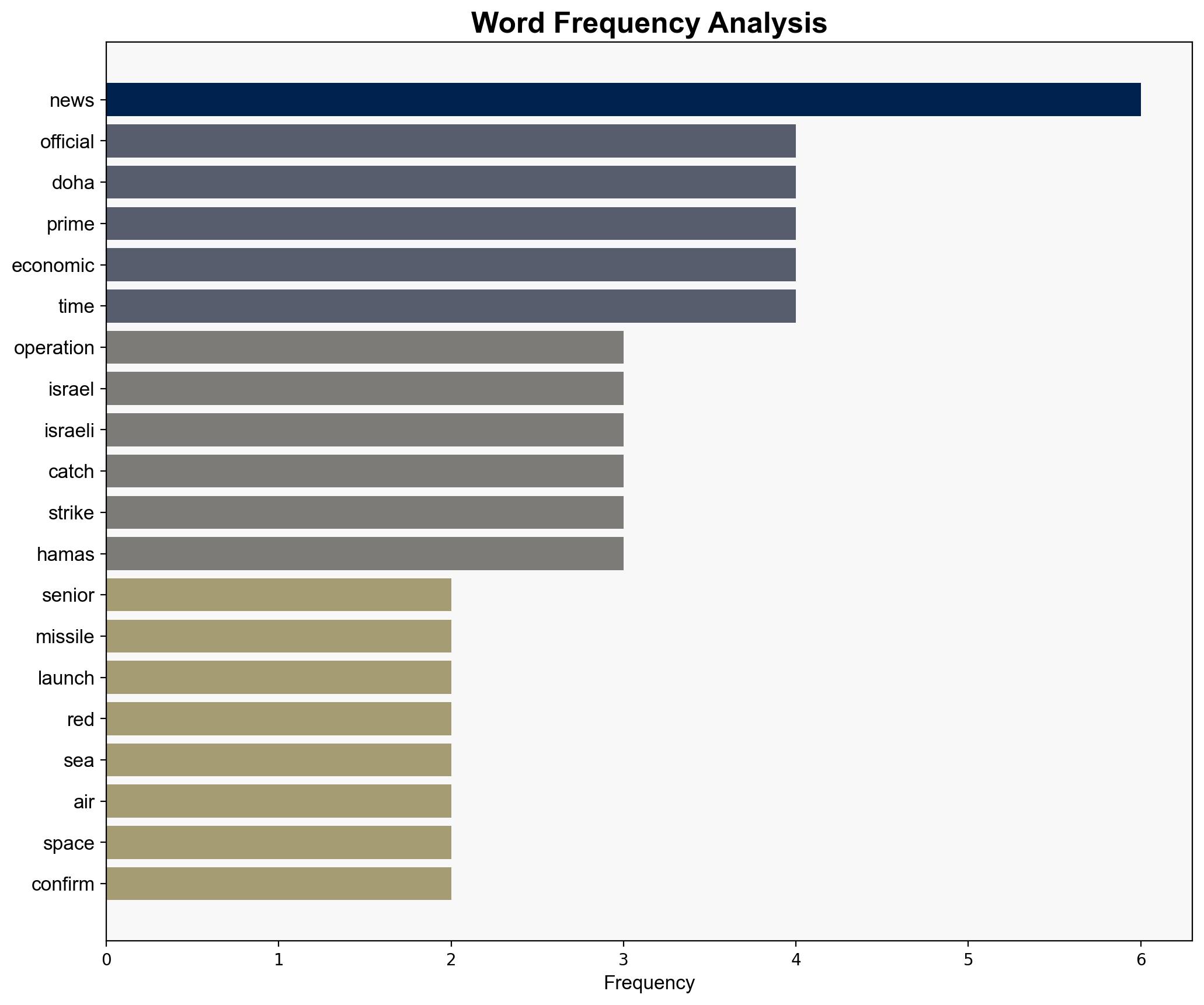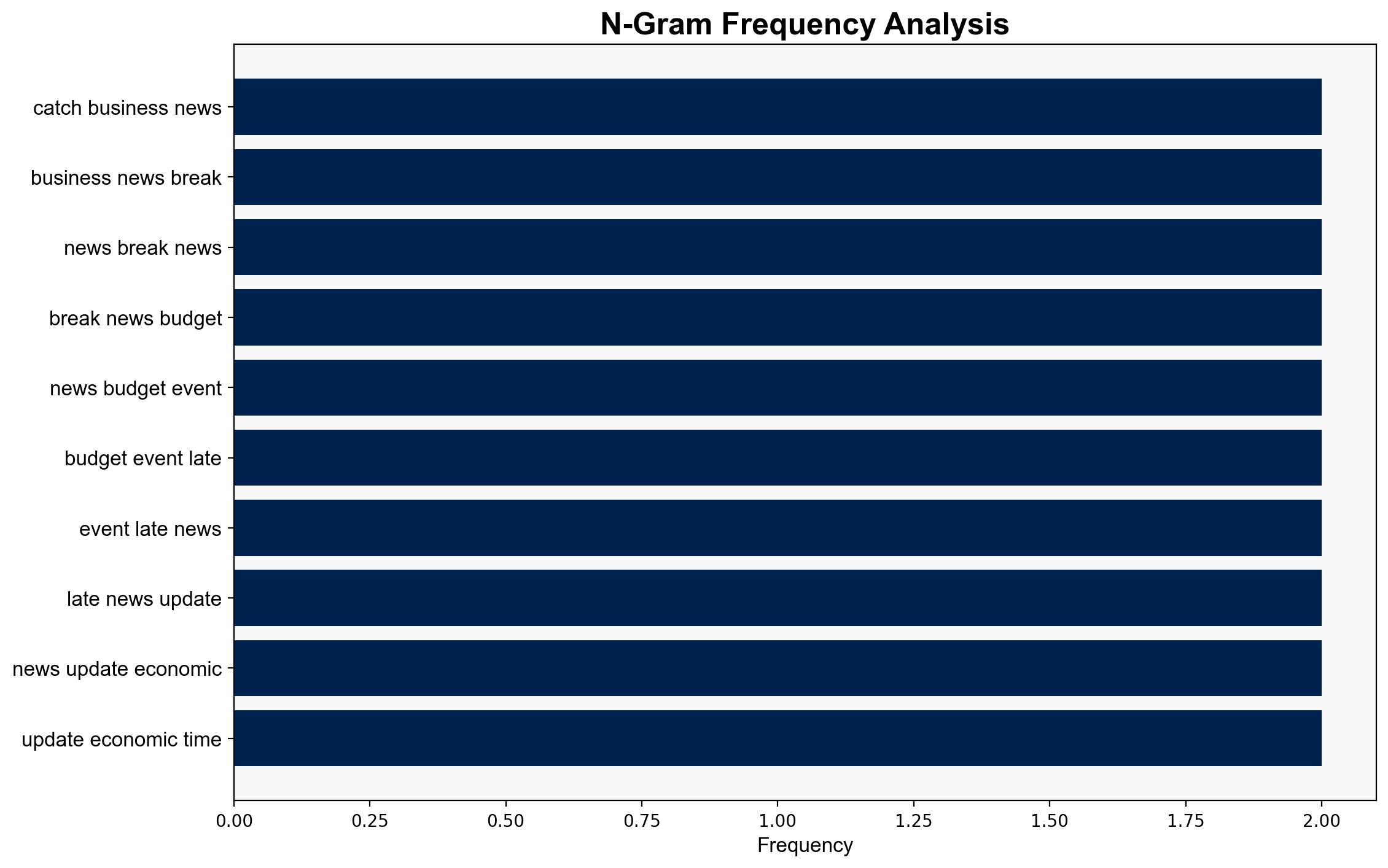Missiles from space fighter jets from Red Sea Inside Israels strike on Doha – The Times of India
Published on: 2025-09-14
Intelligence Report: Missiles from space fighter jets from Red Sea Inside Israels strike on Doha – The Times of India
1. BLUF (Bottom Line Up Front)
The most supported hypothesis is that Israel conducted a strategic strike on Doha using advanced technology to minimize regional confrontation, with a high confidence level. The operation’s complexity and the geopolitical implications suggest a need for diplomatic engagement to prevent escalation and ensure regional stability.
2. Competing Hypotheses
Hypothesis 1: Israel conducted a coordinated strike on Doha using ballistic missiles and fighter jets from the Red Sea, employing advanced technology to bypass Saudi airspace and minimize regional confrontation. This hypothesis is supported by the reported use of space-based infrared sensors and the strategic deployment of forces in the Red Sea.
Hypothesis 2: The reported strike is a misinformation campaign intended to destabilize regional relations and provoke a response from Qatar and its allies. This hypothesis considers the lack of detailed confirmation from independent sources and the potential for disinformation in high-stakes geopolitical contexts.
Using ACH 2.0, Hypothesis 1 is better supported due to the detailed description of the operation’s technical aspects and the alignment with Israel’s strategic objectives in targeting Hamas leadership.
3. Key Assumptions and Red Flags
– **Assumptions**: Hypothesis 1 assumes Israel has the technological capability and strategic intent to conduct such an operation without provoking immediate regional conflict. Hypothesis 2 assumes a high level of deception and manipulation in the media narrative.
– **Red Flags**: The lack of corroboration from multiple independent sources and the rapid dissemination of information could indicate potential bias or misinformation.
– **Blind Spots**: The report does not address the potential reactions from other regional powers or the broader international community.
4. Implications and Strategic Risks
The operation, if confirmed, represents a significant escalation in regional tensions, potentially leading to retaliatory actions from Qatar or its allies. The use of advanced military technology could trigger an arms race or increase cyber threats as nations seek to counteract perceived vulnerabilities. Geopolitically, this could strain relations between Israel and other Middle Eastern countries, complicating diplomatic efforts for peace in the region.
5. Recommendations and Outlook
- Engage in diplomatic dialogue with regional partners to de-escalate tensions and prevent further military actions.
- Enhance intelligence-sharing mechanisms to verify information and reduce the risk of misinformation influencing policy decisions.
- Scenario Projections:
- Best Case: Diplomatic resolution leads to a ceasefire and renewed peace talks.
- Worst Case: Escalation into broader regional conflict involving multiple state actors.
- Most Likely: Continued low-level tensions with sporadic military engagements.
6. Key Individuals and Entities
– Benjamin Netanyahu
– Sheikh Mohammed bin Abdulrahman Al Thani
– Donald Trump
7. Thematic Tags
national security threats, cybersecurity, counter-terrorism, regional focus




